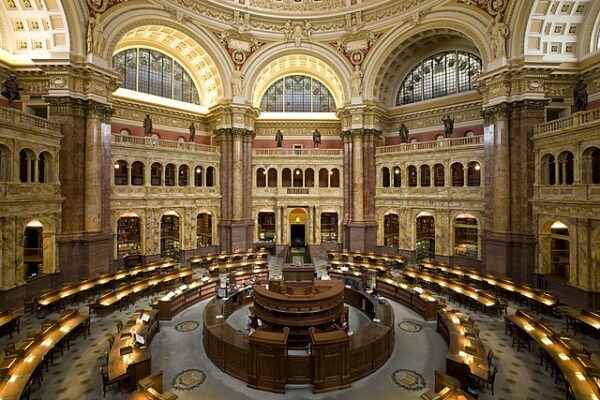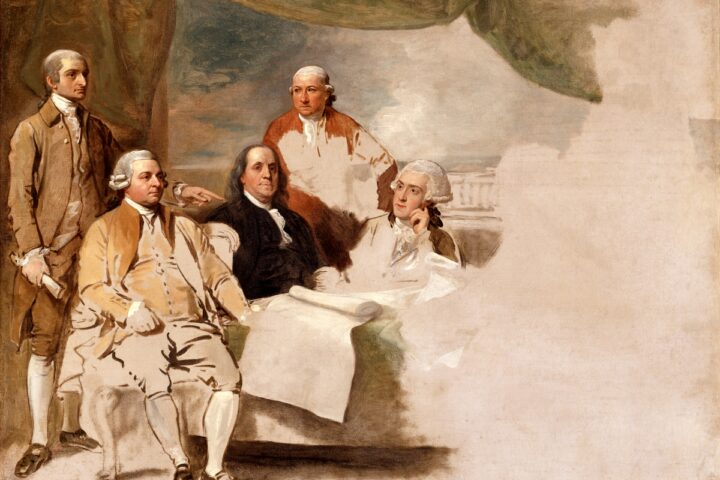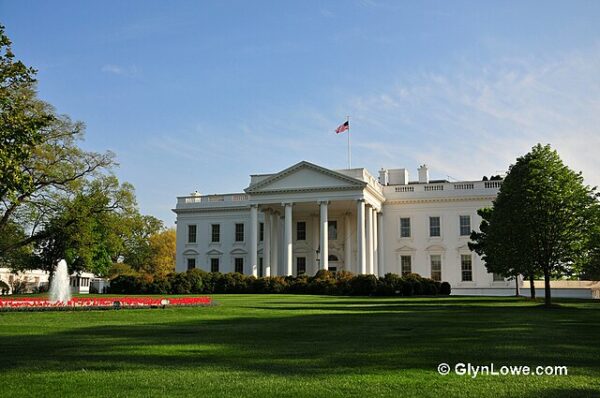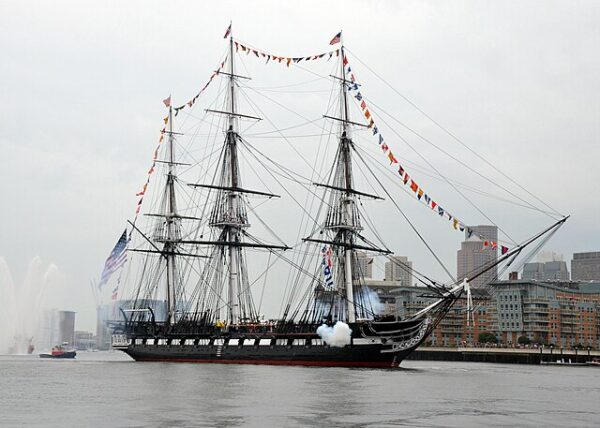The Library of Congress, located in Washington, D.C., stands as a bastion of knowledge and culture, but its journey to prominence is a tale woven with the threads of history, innovation, and preservation.
Established on April 24, 1800, with the signature of President John Adams, the Library of Congress has evolved from humble beginnings to become the largest library in the world. Its genesis traces back to Thomas Jefferson’s personal library, which he sold to the United States government after the British torched the original Congressional Library during the War of 1812. Jefferson’s collection formed the foundation of the new library.
During its early years, the library primarily served the needs of Congress, providing lawmakers with access to vital information for governing the young nation. However, as the country expanded and evolved, so did the library’s mission. Under the leadership of Librarian of Congress Ainsworth Rand Spofford in the late 19th century, the library began to acquire materials beyond legislative documents, including books, maps, and manuscripts, with the goal of creating a comprehensive national library.
One of the library’s most significant milestones came with the Copyright Act of 1870, which mandated that two copies of every copyrighted work published in the United States be deposited in the library. This requirement expanded the library’s collection exponentially and solidified its role as a repository of the nation’s intellectual and creative output.
Throughout the 20th century, the Library of Congress continued to grow in size and scope. Under the tenure of Librarian of Congress Herbert Putnam, the library embraced new technologies such as microfilm to preserve fragile materials and make them more accessible to researchers. The library also expanded its outreach efforts, launching programs to promote literacy and lifelong learning among the American public.
In addition to its role as a library, the Library of Congress plays a vital role in preserving and celebrating American culture. The establishment of the American Folklife Center in 1976, for example, underscored the library’s commitment to documenting and preserving the diverse cultural traditions of the United States.
The library’s commitment to accessibility received a significant boost in the digital age. The creation of the National Digital Library Program in 1994 marked a watershed moment, as the library began digitizing its vast collections and making them available to users around the world via the internet. This initiative not only democratized access to the library’s holdings but also helped to ensure their long-term preservation in the face of technological obsolescence.
Today, the Library of Congress stands as a beacon of knowledge and a symbol of American democracy. Its collection encompasses more than 170 million items, including books, photographs, recordings, and manuscripts, spanning centuries and covering a diverse array of subjects. Scholars, researchers, and curious minds from around the globe flock to its hallowed halls in search of enlightenment and inspiration.






